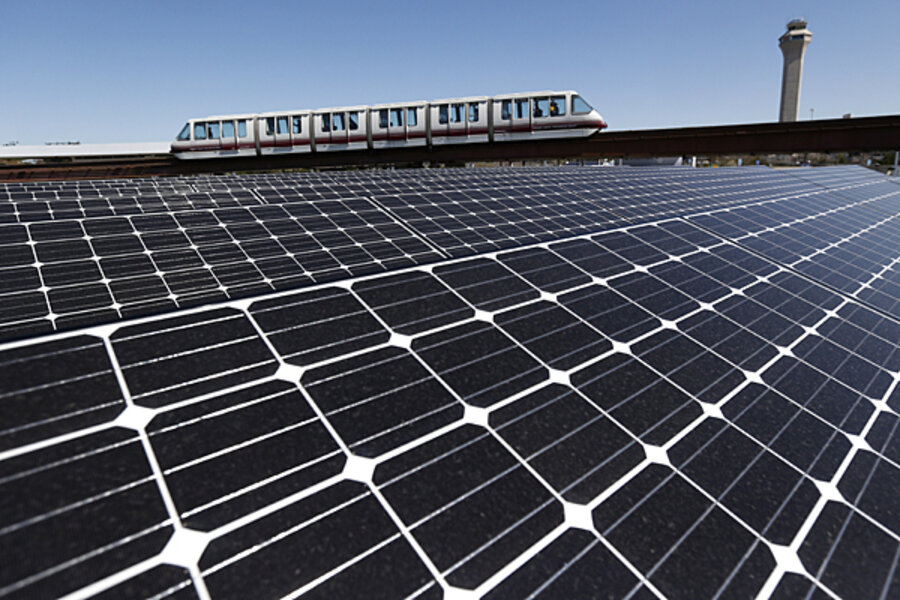IEA: Clean energy shift will save world $71 trillion through 2050
Loading...
Transitioning to a cleaner, more-efficient energy mix will save the global economy trillions of dollars in avoided fuel costs, according to a report released Monday by the International Energy Agency (IEA). Much of the savings will come in the form of efficiency upgrades for buildings and vehicles, but deployment of more wind, solar, and other renewable technologies will also play an important role.
The challenge is that most of the financial and environmental benefits of a cleaner energy system develop over the course of decades, and don't always accrue to those who make the initial investment. National energy policies tend to be short-term and narrowly focused on specific fuels, further discouraging private investment and broad public support for wind, solar, and other new energy technologies. Meanwhile, much of the developing world is fueling growth with cheap, carbon-heavy fuels. That offsets reductions in carbon emissions made elsewhere, driving a rise in average global temperatures.
It's why progress on clean energy "remains bleak," according to IEA, and requires a more holistic, long-term approach to financing and governing decarbonization.
"It’s important that we look at this from a more systematic approach," said IEA Executive Director Maria van der Hoeven in an interview with the Monitor. That requires better integrating all the components and sectors that make up an energy system – from low-carbon fossil fuels to renewable energy sources, from energy efficiency to smart grids, and from better cars to better buildings.
"If you think that only by having more renewables you can save the world – I think this is an illusion," Ms. Van der Hoeven said via telephone. "You have to do more than that. You have to look at the whole system of electricity generation, and [see] where you have the benefits and where the costs will be."
Energy efficiency stands to play a primary, low-cost role in reducing carbon emissions worldwide, according to IEA's Energy Technology Perspectives 2014, released Monday. In the IEA's most aggressive vision of a sustainable energy future, efficiency accounts for 38 percent of cumulative emissions reductions, compared with 30 percent from renewables. This would come in the form of more fuel-efficient cars, and building codes that promote more sustainable architecture and design.
"[The] transport sector uses more than 50 percent of oil currently extracted and it’s only been increasing," Van der Hoeven said. "[The] building sector already uses 50 percent of global electricity generated. If you could do something there to halve that, that would be a huge, huge achievement.”
Decarbonizing most of the global energy system by 2050 would require an additional $44 trillion investment, according to the latest IEA report, up from the estimated $36 trillion in last year's assessment. Those costs are offset by $115 trillion in fuel savings, according to IEA, resulting in net savings of $71 trillion through 2050. Even factoring in a 10 percent discount rate (that accounts for inflation and the uncertainties of cash flows), the net savings are more than $5 trillion in today's dollars.
Attracting that investment has been difficult because it requires large upfront capital costs, and because there is still a lot of uncertainty over clean-energy policy, according to David Elzinga, lead author of Monday's report.
"We have to change that," Mr. Elzinga said via telephone. "It doesn’t mean we can’t evolve policies, it doesn’t mean we have to set them in stone and keep them going. But we have to give investors certainty so that they can have some assurance they are going to recoup their investments."






